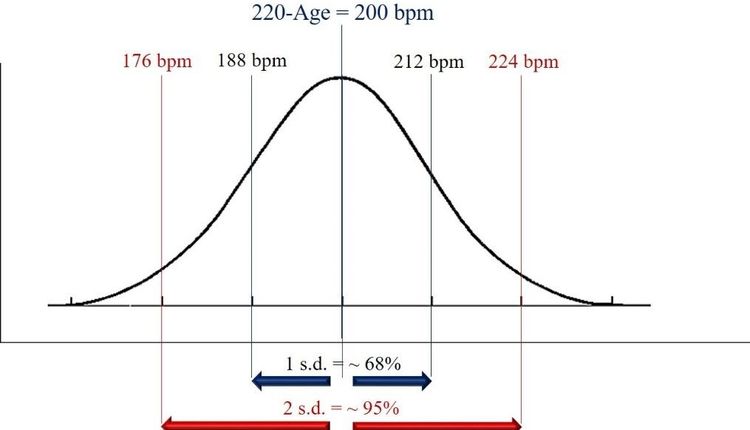When runners compete in hot and humid weather, its no surprise that athletic performance can suffer. As core body temperature rises, the risk of heat illness increases. A recent study out of Brigham Young University showed that wearing ice vests before cross-country races allowed athletes to start and finish the competition with a lower core body temperature in a warm, humid environment than those who did not wear one.
Warming Up With an Ice Vest: Core Body Temperature Before and After Cross-Country Racing, was published in the winter issue of the Journal of Athletic Training, the quarterly scientific publication of the National Athletic Trainers Association. The research subjects were 18 women from an NCAA Division I cross-country running team who participated in either the 2005 Big Wave Invitational 4-km race in Hawaii or the 2005 Great American 5-km Race in North Carolina.
The ice vest used in the study sported 20 pouches that were loaded with ice packs. Adjustable straps allowed for a relatively tight fit to avoid excessive movement of the vest while the athlete warmed up. Four hours before the start of each race, the athletes ingested radiotelemetry temperature sensors to record their core body temperature, which was assessed pre-warm up, just before the race and just after the race. Then half of the athletes donned ice vests, which were removed immediately before the race began.
The results of the study showed that the ice vest slowed the increase in core body temperature throughout cross-country warm-up and racing among the participants, said Douglas J. Casa, PhD, ATC, director of athletic training at the
The report hypothesizes that pre-cooling can reduce the physiological strain associated with intense exercise in the heat. Although our study did not investigate performance among our subjects, earlier studies have tested the effects of pre-cooling on performance and observed improved performance in endurance events of this type, Casa said.
In the 2004 Summer Olympic Games in Athens, Greece, a few American distance runners and all Australian Olympic athletes were fitted with prototype ice vests, which were designed to lower body temperature prior to the start of a race. Although the ice vest was only one of many strategies used by the American and Australian Olympic runners to enhance performance in the heat, this intervention appeared to be effective among the marathoners who used the vests, Casa said. In fact, Deena Kastor and Meb Keflezighi of the
To review Warming Up With an Ice Vest: Core Body Temperature Before and After Cross-Country Racing in its entirety, visit: www.nata.org/jat/readers/archives/41.4/i1062-6050-41-4-371.pdf.
About the National Athletic Trainers Association (NATA)
Athletic trainers are unique health care providers who specialize in the prevention, assessment, treatment and rehabilitation of injuries and illnesses. The National Athletic Trainers' Association represents and supports 30,000 members of the athletic training profession through education and research. For more information, visit www.NATA.org.







